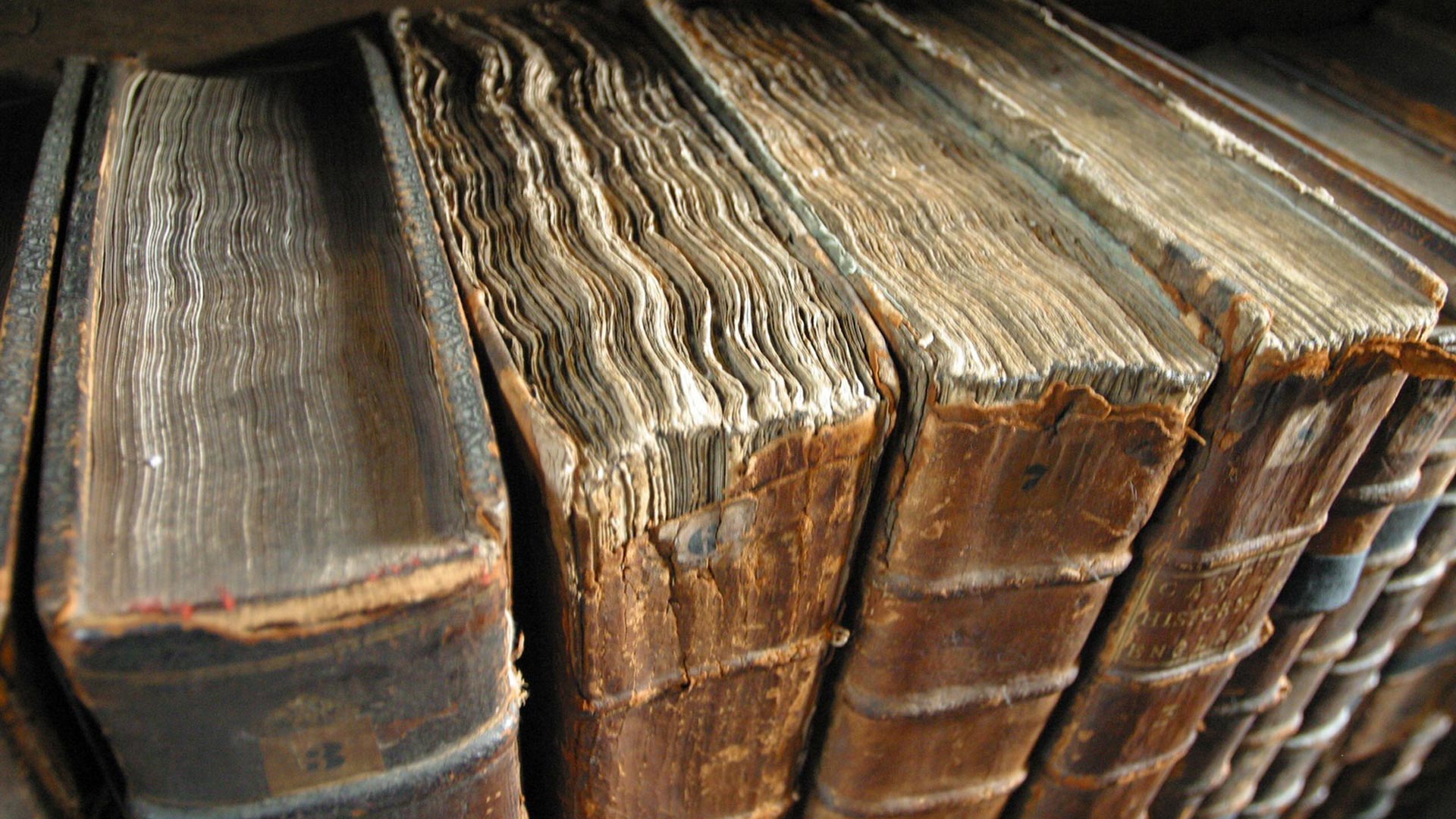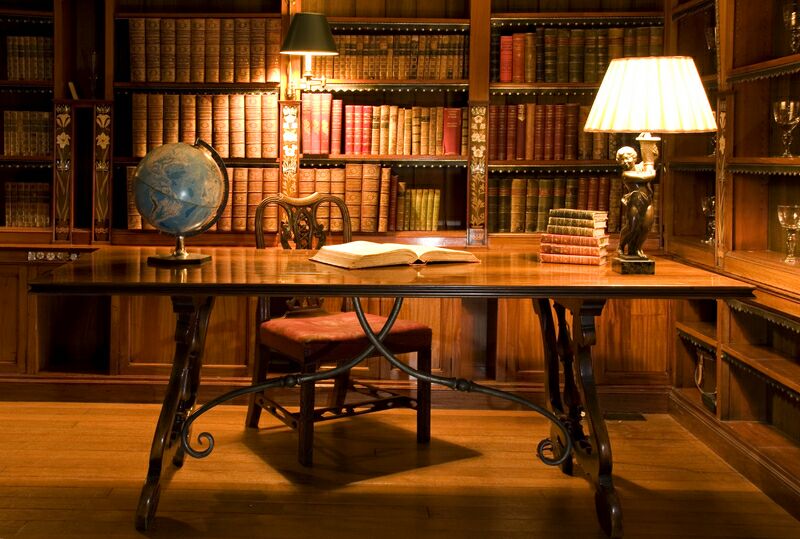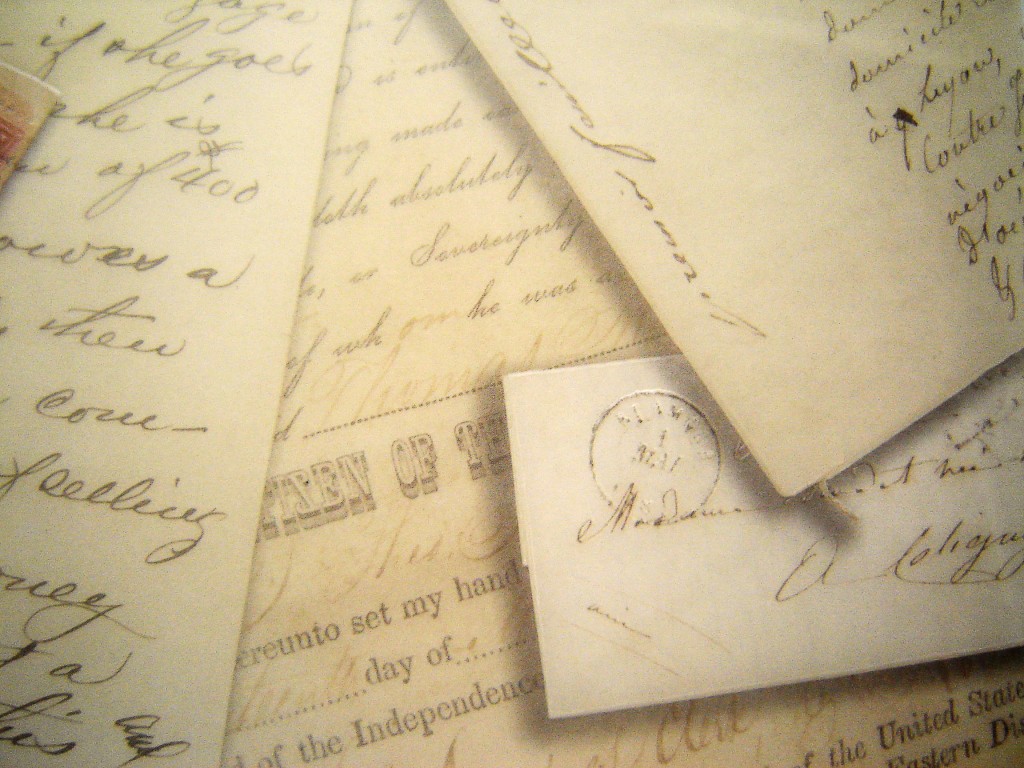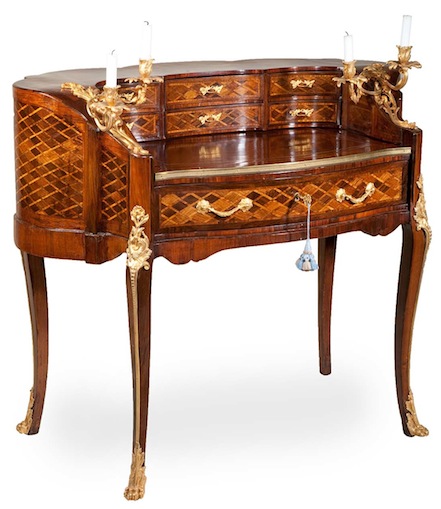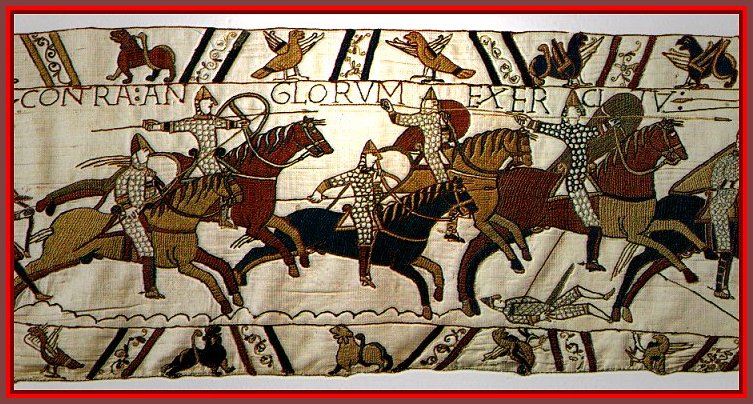There are a few basics to learn before getting started. It is vital to do prior research otherwise a lot of time and money could be lost. After all, why buy antique books if they are not truly valuable? That is the entire point of antiquing.
Steps on How to Buy Antique Books
Know How to Determine if a Book is an Antique
 The most important lesson to learn is the fact that just because a book is old, does not mean it is valuable. There are books dated back to the 1900s that have no value at all, while some books that were written after this time are very valuable. The key is to determine what makes a book antique and valuable. In order for a book to be an antique, it must pass several tests. It cannot pass just one. It must pass all of the following test questions:
The most important lesson to learn is the fact that just because a book is old, does not mean it is valuable. There are books dated back to the 1900s that have no value at all, while some books that were written after this time are very valuable. The key is to determine what makes a book antique and valuable. In order for a book to be an antique, it must pass several tests. It cannot pass just one. It must pass all of the following test questions:
* What is the age of the book? – While age is not the only thing that matters, it does need to be old in order to even be considered.
* What is the content of the book? – The information inside a book matters. Find books that are historical, have preliminary or early reports of scientific inventions, or books that have illustrations that were created by a famous artist. These are just a few examples.
* Is the book rare and is there a demand? – A book is considered rare if there are very few copies. Millions of books, pamphlets, magazines, newspapers, and broadsides have been published since the invention of printing more than five hundred years ago. Only a small portion of these pieces, however, would be considered “rare” by specialists. In simple terms, books achieve a degree of rarity only when demand exceeds supply. Unfortunately, there are no easy formulas for determining rarity.
What makes a book important?
People value books either because of their contents or because of their physical characteristics. First editions of important literary or historical works and initial reports of scientific discoveries or inventions are prime examples of books that are important because of their contents. Illustrated books that give a new interpretation of a text or are the work of an esteemed artist are also valued. Books that were suppressed or censored may be both important and scarce, since few copies may have survived. Physical characteristics, such as a special binding; an early use of a new printing process; or an autograph, inscription, or marginal annotations of a famous person; may also contribute to a book’s importance and its market price.
Determine if it’s Valuable
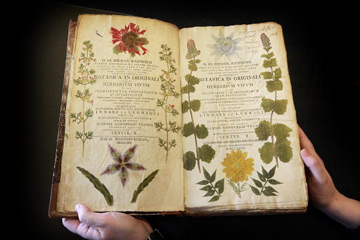 There are many different factors that determine a book’s value. The condition of a book is the most critical factor. Paying attention to the condition of an antique book is critical. The book must be in “mint” or basically perfect condition in order to be valuable. However, it still can have some value to it even if it is considered in “good” or “poor” condition. If it is in poor condition, this will significantly decrease the value.
There are many different factors that determine a book’s value. The condition of a book is the most critical factor. Paying attention to the condition of an antique book is critical. The book must be in “mint” or basically perfect condition in order to be valuable. However, it still can have some value to it even if it is considered in “good” or “poor” condition. If it is in poor condition, this will significantly decrease the value.
What is meant by a book’s condition, and how does that affect a book’s value?
Condition refers to a book’s physical appearance and the completeness of its contents. In general, the better a book’s physical condition, the more it will be worth. Terms that might be used to describe old books include (from best condition to worst condition) “As New,” “Fine” (no defects), “Very Good,” “Good,” “Fair” (worn but includes complete text), and “Poor” (very worn, but readable). Missing or mutilated covers, pages, or illustrations must be noted and are major faults that will severely compromise the book’s value.
What makes a book important?
People value books either because of their contents or because of their physical characteristics. First editions of important literary or historical works and initial reports of scientific discoveries or inventions are prime examples of books that are important because of their contents. Illustrated books that give a new interpretation of a text or are the work of an esteemed artist are also valued. Books that were suppressed or censored may be both important and scarce, since few copies may have survived. Physical characteristics, such as a special binding; an early use of a new printing process; or an autograph, inscription, or marginal annotations of a famous person; may also contribute to a book’s importance and its market price.
Places to Look for Antique Books
There are many different places to find a variety of antique books. Some of these places will require a little more work on determining if it is truly an antique, while other places have done the leg work for you. Generally, these places will cost you more money. Antique books can be found in different places, such as: online, used book stores, auctions, and even car boot sales.
Because books are portable and durable, rare books can turn up anywhere, from well-ordered private libraries to attics, basements, garage sales, and increasingly on Internet bookseller and auction sites. Books considered rare by collectors and librarians may be found together with more common books. Experience and specialized knowledge are often needed to discriminate among them.
Keeping Books in Good Condition
Books are damaged by light and by fluctuations and extremes in temperature and humidity. It is best to store them in a cool, comfortably dry, stable environment with low or indirect lighting. Most basements, garages, and attics are too hot, too damp, or too variable to provide good storage conditions. Avoid shelving books where they will be exposed to direct sunlight. Do not wrap books in newspaper or plastic or store them in cardboard boxes. Acid in the cardboard and in newsprint will damage books. Plastic wrappers, because they restrict air circulation, can promote the growth of mold or mildew. Furthermore, some plastics degrade over time and fuse to the materials they are touching. Store large books, such as atlases, bound newspapers, or art folios, flat on shelves rather than standing vertically. Never use adhesive tape to repair torn pages or a binding because it yellows with age and leaves a nasty residue. You can buy various types of protective enclosures for storing older or fragile books.
Know the difference between a first and a limited edition
An “edition” of a work is the total number of copies of a book printed from the same setting of type (be it metal type, phototype, or by digital means). If a book proves popular, the edition may be reprinted from the same setting of type, with no or minimal changes. This is generally known as a “printing.” Information about editions and printings is sometimes included on the title page of a book or on the back (verso) of the title page. If no information is provided, determining the edition or printing usually requires research using specialized bibliographies. Intensive collecting of true “first editions” of important modern literary works over the past few decades has substantially raised the market value of copies in fine condition.
The term “limited edition” is reserved for editions in which copies contain an explicit “limitation statement,” usually on the back of the title page or on a separate page at the beginning or end of the volume. The limitation statement gives the total number of copies, sometimes with a breakdown of how many copies were printed on a certain type of paper, or bound in a certain kind of binding, or reserved or withheld from sale. The number of the specific copy is often printed or added by hand (as in “no. 46 of 500”), sometimes with the autograph of the author(s), publisher, or other contributor. The size of an edition, whether explicitly limited or not, does not by itself determine a book’s rarity or value.
Is a book signed or marked up by a previous owner, or autographed by the author, more valuable?
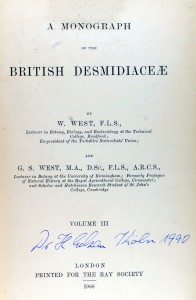 The association of a book with a previous owner can add to its value, if that person is important or famous. Autographs, inscriptions or dedications, manuscript annotations, bookplates or stamps, or other distinctive markings may all be forged, so they need to be authenticated before a positive statement of association can be made.
The association of a book with a previous owner can add to its value, if that person is important or famous. Autographs, inscriptions or dedications, manuscript annotations, bookplates or stamps, or other distinctive markings may all be forged, so they need to be authenticated before a positive statement of association can be made.
Contemporary authors routinely sign many copies of their books at publicity events organized to promote sales. Because they are common, such autographs typically add little to the market value of the book. Authors also sign books on other occasions, and they sometimes inscribe and present them to important associates and friends. Such “presentation” or “association” copies may command a premium price. Expert knowledge of the current market is needed in order to determine the value of a particular signed or inscribed copy.
Can old letters, scrapbooks, photographs and documents be valuable?
Collectors and librarians often compete for the letters, cards, documents, photographs, and manuscripts of famous people, creating a market for them. The market value of such materials, like that of printed books, depends on perceived importance and condition, scarcity of comparable material, and actual condition. Similar materials created by people who are not famous may be of interest to librarians if they document a particular place, era, or segment of society.

